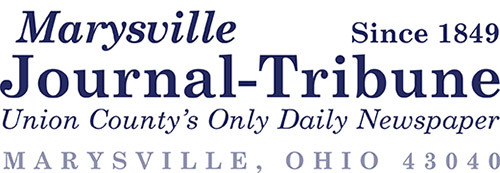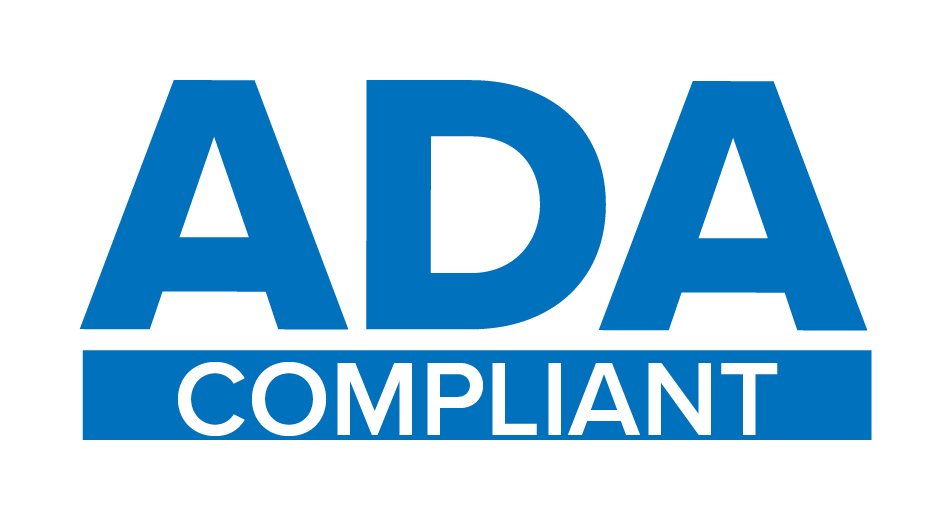News
September 19, 2017
Fairbanks eyes bus replacement plan
At its meeting Monday night, the Fairbanks Board of Education received a presentation about the district’s school bus replacement plan.
Andy James and Becky Wyckoff informed the board about how often buses need to be replaced, what repairs need to be done to maintain them and efficiency considerati...




